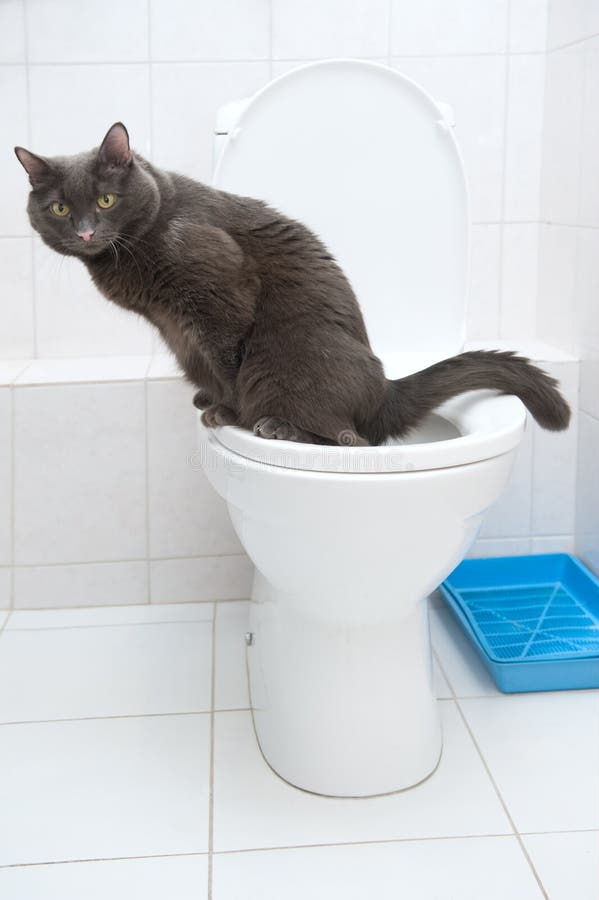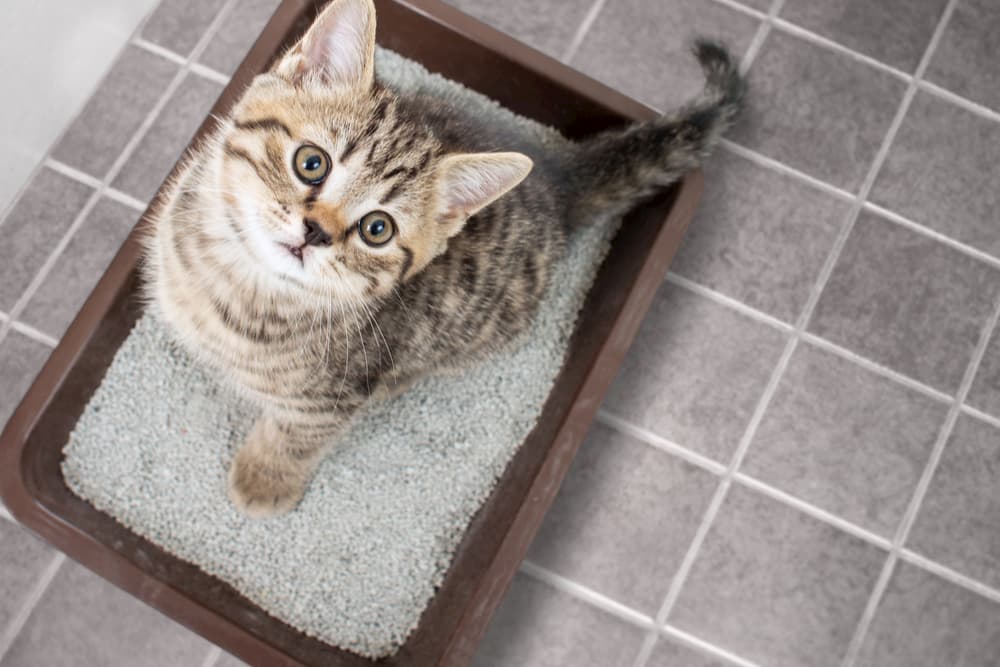Almost everyone is bound to have their own assumption about Don't Flush Your Pets Poo Down The Loo, Vet Warns.

When it comes to dealing with waste, particularly animal waste, many people frequently consider the hassle-free alternative of flushing it down the commode. Nonetheless, this apparently easy remedy can have severe effects for the setting and public health. In this short article, we'll discover why flushing animal waste down the bathroom is a poor idea and provide alternate techniques for proper disposal.
Introduction
Correct waste disposal is important for maintaining environmental sustainability and public health. While it might seem harmless to flush animal waste down the commode, it can cause different issues, both for the atmosphere and human health.
Threats of flushing animal waste
Ecological impact
Purging animal waste presents dangerous germs and pathogens into waterways, which can adversely affect marine ecosystems. These pathogens can pollute water sources and damage marine life, interfering with fragile communities.
Public health concerns
Pet waste consists of unsafe bacteria such as E. coli and Salmonella, which can pose significant health and wellness risks to people. Flushing pet waste down the bathroom can pollute water materials, resulting in the spread of illness and infections.
Alternatives to flushing
Rather than flushing pet waste down the bathroom, there are a number of alternative disposal approaches that are more eco-friendly and hygienic.
Composting
Composting animal waste is an environmentally friendly means to take care of it. By composting, raw material is broken down right into nutrient-rich soil, which can be utilized to feed gardens and plants.
Land fill disposal
Dealing with animal waste in a garbage dump is one more alternative. While not as environmentally friendly as composting, it is a much safer alternative to flushing, as it avoids the contamination of water sources.
Family pet waste disposal systems
There are specific animal waste disposal systems offered that safely and hygienically dispose of pet waste. These systems commonly utilize enzymes to break down waste and get rid of smells.
Steps to correct pet garbage disposal
To make certain correct disposal of animal waste, follow these actions:
Scooping and landing waste
Regularly scoop and bag pet waste making use of biodegradable bags. This avoids waste from polluting the setting.
Making use of designated waste containers
Dispose of bagged animal waste in designated waste bins, such as compost containers or landfill bins. Prevent flushing it down the commode in any way expenses.
Cleansing litter boxes and pet dog locations routinely
Frequently tidy litter boxes and family pet areas to stop the accumulation of waste and germs. Usage pet-safe cleansing items to keep health.
Benefits of correct disposal techniques
Taking on proper disposal methods for animal waste offers several advantages:
Reduced environmental pollution
Correct disposal methods lower the danger of environmental pollution, safeguarding waterways and ecosystems from contamination
Lessened danger of water contamination.
By avoiding flushing pet waste down the toilet, the risk of water contamination is substantially minimized, safeguarding public health.
Boosted sanitation and health
Appropriate disposal check here approaches advertise much better sanitation and health, developing a more secure atmosphere for both humans and animals.
Conclusion
Finally, purging animal waste down the commode is damaging to the setting and public health. By adopting alternative disposal approaches and complying with appropriate waste management methods, we can lessen the unfavorable influence of animal waste and contribute to a cleaner, much healthier planet.
What To Do With Dog Poo – The Do's And Don'ts Of Disposing Of Faeces
Dog poo bins
Some councils provide dedicated dog waste bins in popular dog-walking areas that can take dog poo that has been bagged but you can legally dispose of dog waste in any public litter bin, as long as it is securely bagged. This also applies to your wheelie bin at home.
Do not flush
Water companies do not recommend flushing dog faeces down the toilet because certain parasites can survive the water processing treatment and are potentially harmful to humans. You should also never consider flushing dog poo that has been bagged down the toilet as the bags will not break down and instead create severe blockages in the sewage system.
In the woods
The Forestry Commission promotes a ‘stick and flick’ method for dealing with waste in the woods. This means finding a stick and using it to flick any poo from off the path so that it is out of the way of other walkers. You could also bury it as long as it is not in an area where there might be livestock.
Livestock
Parasites found in dog poo can be transmitted to livestock if they inadvertently eat infected faeces that has been left on grazing land. This could result in the death of sheep or abortion in cattle so you should always make sure you pick up your dog’s waste in fields where livestock could be present.

Frequently tidy litter boxes and family pet areas to stop the accumulation of waste and germs. Usage pet-safe cleansing items to keep health.
Benefits of correct disposal techniques
Taking on proper disposal methods for animal waste offers several advantages:
Reduced environmental pollution
Correct disposal methods lower the danger of environmental pollution, safeguarding waterways and ecosystems from contamination
Lessened danger of water contamination.
By avoiding flushing pet waste down the toilet, the risk of water contamination is substantially minimized, safeguarding public health.
Boosted sanitation and health
Appropriate disposal check here approaches advertise much better sanitation and health, developing a more secure atmosphere for both humans and animals.
Conclusion
Finally, purging animal waste down the commode is damaging to the setting and public health. By adopting alternative disposal approaches and complying with appropriate waste management methods, we can lessen the unfavorable influence of animal waste and contribute to a cleaner, much healthier planet.
What To Do With Dog Poo – The Do's And Don'ts Of Disposing Of Faeces
Dog poo bins
Some councils provide dedicated dog waste bins in popular dog-walking areas that can take dog poo that has been bagged but you can legally dispose of dog waste in any public litter bin, as long as it is securely bagged. This also applies to your wheelie bin at home.
Do not flush
Water companies do not recommend flushing dog faeces down the toilet because certain parasites can survive the water processing treatment and are potentially harmful to humans. You should also never consider flushing dog poo that has been bagged down the toilet as the bags will not break down and instead create severe blockages in the sewage system.
In the woods
The Forestry Commission promotes a ‘stick and flick’ method for dealing with waste in the woods. This means finding a stick and using it to flick any poo from off the path so that it is out of the way of other walkers. You could also bury it as long as it is not in an area where there might be livestock.
Livestock
Parasites found in dog poo can be transmitted to livestock if they inadvertently eat infected faeces that has been left on grazing land. This could result in the death of sheep or abortion in cattle so you should always make sure you pick up your dog’s waste in fields where livestock could be present.

I came across that page about Don't Flush Your Pets Poo Down The Loo, Vet Warns while looking around the internet. Sharing is caring. You never know, you may be doing someone a favor. We take joy in reading our article about Why you should never flush dog poop down the toilet.
Free Estimates